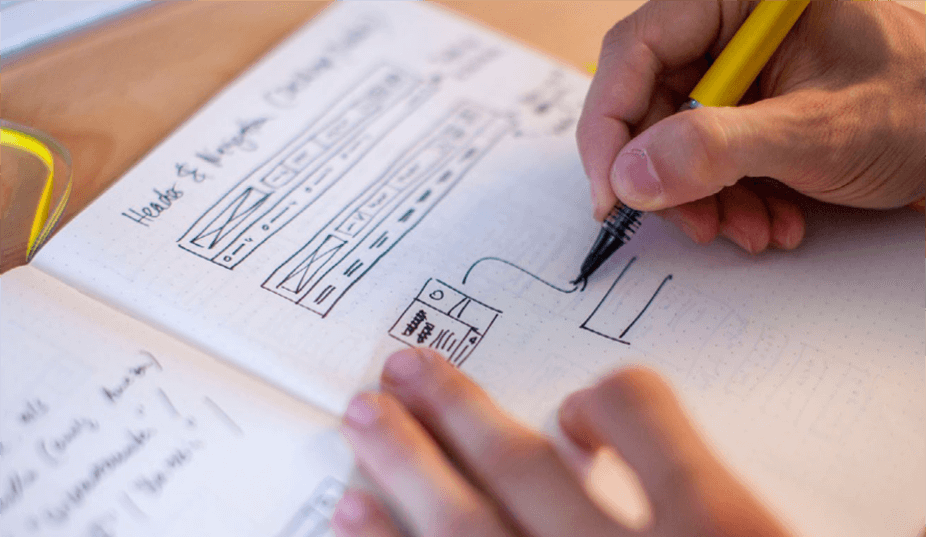
Photo credits: Annika Schulz
In the past, software projects were almost always developed according to the waterfall principle. After an extensive catalog of requirements had been created and agreed upon, concept, design and documentation phases often lasted for months before the programming of the app was started, which was then driven to the release in extended testing phases. In the end, not only once was a product created that nobody wanted to use or even could use.
User-centered design and prototyping process
The ever faster moving market and the abundance of high-quality software solutions in people's everyday lives make a more effective form of product development necessary. The overriding goal of user-centered design is to get a first version of the planned app into the hands of "real" end users as quickly as possible in order to verify the assumptions made by the product idea: Do the customers use the app as the publishers planned it? Are there functions within the app that are used less frequently than expected? Do users want functions that are not yet planned?
Important questions that only a prototype can answer and thus provide valuable insights. This is important for prioritizing features and also helps to use the project budget in the right places.
What a prototype looks like depends on the time schedule, budget and maturity level of the developed concept.
For example, in so-called paper prototypes, ideas can be developed with pen, paper, scissors and tape film within a workshop and tested the same day in ad hoc surveys with colleagues or customers. The designers present at the workshop support the creation of these prototypes with their experience in the right tools. Don't worry: Even if the designs are not professional, pixel accurate, your users will be able to understand and evaluate this prototype!
Clickdummies, Wireframes & Mockups
A little more concrete are so-called clickdummies, i.e. prototypes that are created by a designer in a special "prototyping software" and can be operated by users on a suitable device (smartphone, tablet, desktop computer). The level of design detail ranges from simple, black-and-white wireframe models to colored and more elaborate mockups in which users are already confronted with the planned "look and feel" of the app.
For the development team, prototyping means quickly verifying planned functions and being able to start programming back-end interfaces and front-end templates in parallel to further design decisions. The provision of a functional prototype that has already been developed with the same technical frameworks that will be used for later release is thus possible earlier than in the traditional waterfall model.
With all the methods presented, one should manage one's own expectations: Does the complete scope of the planned app have to be covered within one test, or is it sufficient to check individual core functions individually? Here, project managers are required to adopt a self-confident attitude. They know the needs of their users through the tests they have conducted and can bring their project to success more quickly with the help of a well thought-out prototyping process.
